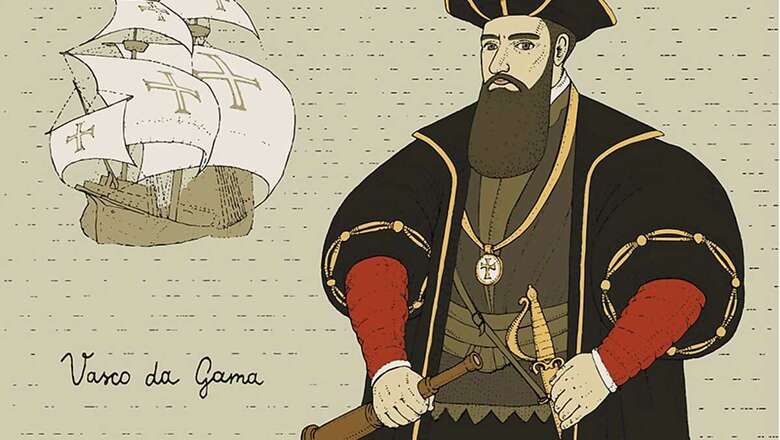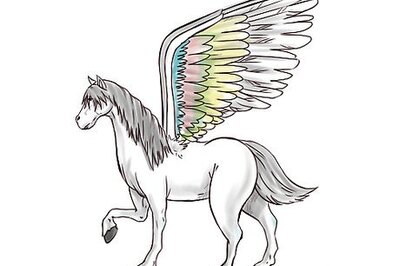
views
On May 20, 1498, Portuguese explorer Vasco da Gama stepped foot in India. After two years he set sail from Lisbon, da Gama arrived on the Western sea coast of India at Kozhikode (Calicut), Kerala. He became the first European explorer that reached India via sea. He is often credited for discovering the sea route from western Europe to the East by way of the Cape of Good Hope.
Many western sailors and merchants tried their hands at discovering a sea route to India, the land famous for spices, wealth and other riches. Earlier, most of the trade happened via land route or through Arab merchants who sold prized goods to Venetians who further traded with the European nations.
The land journey was quite expensive. European nations looked for a direct route to India as it would establish the monopoly of the country over the spice trade. In 1492, when Christopher Columbus embarked upon the journey to reach to the coast of India, he inadvertently discovered the Americas. However, a few years later, Portuguese ruler, King Manuel I sanctioned a voyage to India and appointed da Gama as the expedition’s leader. The fleet left from Lisbon on July 8 1497 and was planned to go around the African continent to reach India.
The fleet first anchored at St. Helena near the southern tip of Africa. Then, it reached onto Mozambique and later anchored at Malindi, East Africa.
On May 20, 1498, da Gama arrived at the Kappad, near Kozhikode, which was then part of the Kingdom of the Zamorin (Samuthiri Raja) of Calicut. Da Gama could not establish a good relationship with the King of the Zamorin as he refused to pay the routine customs duties for trade. He then left India in Aug 1498 but changed the face of the subcontinent as it laid the stone of the Age of Discovery. It began the European colonisation of India.
Read all the Latest News, Breaking News and Coronavirus News here. Follow us on Facebook, Twitter and Telegram.
















Comments
0 comment